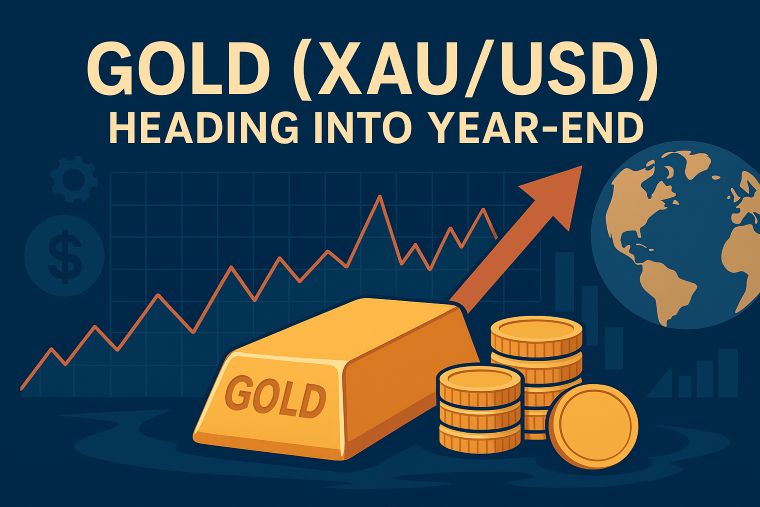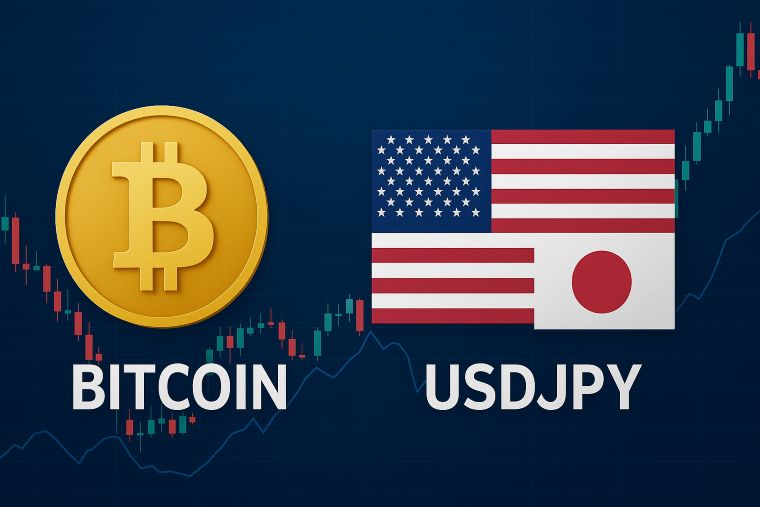3 min to read
Gold (XAU/USD)
A Safe-Haven in Flux — Outlook into Q1 2026

Gold (XAU/USD): A Safe-Haven in Flux — Outlook into Q1 2026
Gold is trading in a complicated, headline-driven regime. After a strong rally earlier in 2025 that pushed XAU/USD to record highs, the market has shifted into a corrective phase: price action has rotated between profit-taking and renewed bids whenever geopolitical or policy uncertainty spikes. The next several months will be shaped by three interacting forces — real yields and Fed policy, the persistence of inflation, and episodic geopolitical shocks — each able to send gold sharply higher or drag it back down.
The Big Macro Picture: Why Rates Still Matter Most
Gold’s primary long-term driver remains real yields (nominal rates minus inflation expectations). Lower real yields make non-yielding gold more attractive; higher real yields push money into cash and Treasuries instead.
Markets are pricing a meaningful easing cycle for the Federal Reserve over coming months, with multiple cuts expected into 2026. This is conventionally bullish for gold because it pushes real yields lower and weakens the dollar’s policy premium. However, the timing and scale of cuts will determine the strength of gold’s next leg higher.
Key event: FOMC meeting on October 28–29, 2025 — a critical driver of near-term volatility.
Growth, Inflation, and the Wider Backdrop
The IMF’s October 2025 World Economic Outlook describes a slowing global economy — modest growth but with downside risks. This creates a mixed demand story for gold: weaker growth can sap speculative demand yet boost safe-haven and central-bank buying.
Inflation remains sticky in several advanced economies. If inflation stays elevated while nominal rates fall, real yields may not decline much — limiting upside. But if the Fed achieves a soft landing, real yields will fall and gold could regain sustained momentum.
Geopolitics: The Instant Volatility Trigger
Gold’s role as an insurance asset means geopolitical shocks instantly impact prices. Tensions in the Middle East, trade disruptions, or renewed energy-market instability have consistently produced short-lived but sharp gold rallies.
The key to persistence is whether the event materially shifts global growth or inflation expectations. Traders should anticipate intraday spikes but verify if the risk premium holds beyond the headline cycle.
Technical & Positioning Snapshot
After reaching record highs, gold entered a consolidation phase:
- Support: $4,000/oz (psychological and structural floor)
- Resistance: $4,380–$4,440/oz (recent congestion zone)
- Momentum: Neutral to mildly bullish on daily timeframes
Breakout above $4,440 would confirm renewed bullish momentum; sustained breaks below $4,000 could trigger a deeper retracement.
Scenarios & Likely Market Reactions
1. Fed eases gradually; inflation moderate — Bullish (base case)
Steady Fed cuts weaken the USD and lower real yields, lifting gold toward the $4,300–$4,400 zone.
2. Geopolitical shock — Immediate spike
Escalations in the Middle East or Eastern Europe would trigger rapid safe-haven buying. Persistence depends on macro impact.
3. Global slowdown — Mixed outcome
Sharp downturns may cause forced liquidation, producing short-term pressure despite gold’s safe-haven appeal.
4. Inflation re-accelerates — Conditional bullish
If inflation rises faster than rate adjustments, real yields fall, supporting gold. Overheating, however, could stall central-bank easing.
Strategic Takeaways
- Macro focus: Monitor 10y TIPS yields, CPI, and FOMC statements.
- Traders: Watch $4,000 (support) and $4,440 (resistance).
- Investors: Consider staged accumulation during dips.
Gold’s longer-term outlook remains constructive — supported by central-bank diversification, geopolitical uncertainty, and a shift toward lower real yields.
Risk Checklist
- Fed communication & actual rate decisions
- Inflation & employment data over the next 2–3 months
- Geopolitical escalation (Middle East, Eastern Europe)
- Liquidity stress in global markets
Conclusion
Gold’s near-term path is defined by cross-currents. The balance today slightly favors a bullish bias — expected Fed easing and persistent geopolitical risk are constructive drivers — but volatility will remain high.
Investors and traders who combine technical patience with macro awareness will be best positioned to navigate gold’s next phase into early 2026.
Visit XM Official Website.

